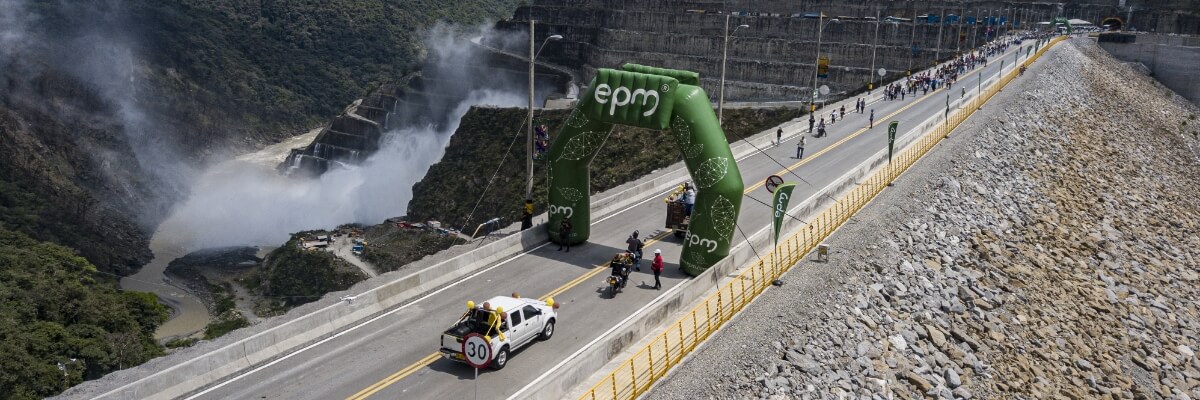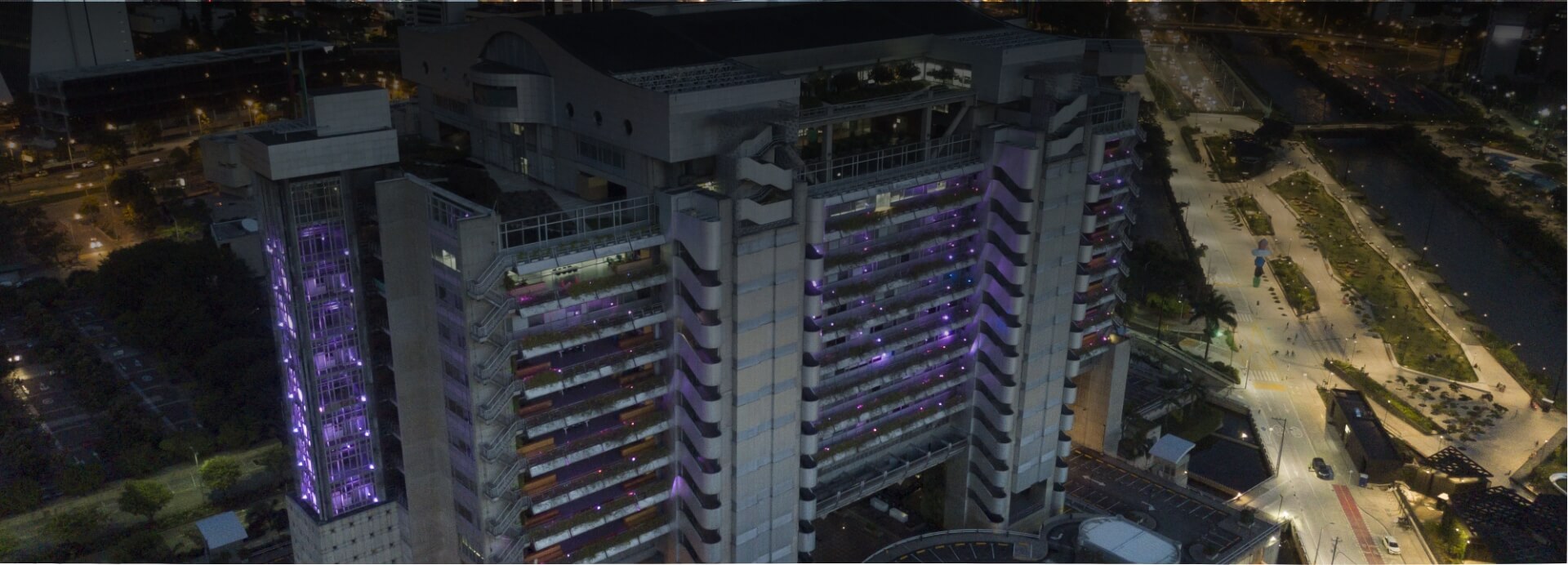Authorities in the PMU Conclude that Commissioning Hidroituango is the Best Path towards Mitigating Risks
- Fecha de publicación
- 2022-02-14 00:00
- Contenido
-

- The ANLA confirmed that there is no restriction to power generation at Hidroituango.
- EPM ratified the commissioning schedule of the first two power generation units for the second semester of 2022.
- Hidroituango’s construction progress is over 87.03%.
The consensus among authorities at the Unified Command Post (PMU in the Spanish original), held on Monday, February 14 at the Tacuí-Cuní compound of Hidroituango, is that the best way to mitigate the risk for communities located downstream from the Ituango Hydroelectric Project is its commissioning and power generation.
Diego Mesa Puyo, minister of Mines and Energy; Víctor Muñoz, director of the Administrative Department of the President of the Republic (Dapre, in the Spanish original); Rodrigo Suárez Castaño, General Director of the ANLA; Eduardo José González Angulo, Director of the National Disaster Risk Management Unit (Ungrd, in the Spanish original); Yolanda González Hernández, Director of the Institute of Hydrology, Meteorology, and Environmental Studies (Ideam, in the Spanish original); and Jaime Enrique Gómez Zapata, General Director of the Administrative Department for Disaster Risk Management of Antioquia (Dagran, in the Spanish original), participated in the PMU.
From EPM, Jorge Andrés Carrillo Cardoso, CEO; William Giraldo Jiménez, Vice President of Power Generation Projects, and Ana Milena Joya Camacho, Social and Environmental Manager for Projects and Engineering, also participated.
After listening to the progress report for the various work fronts and work being performed to mitigate risks, the authorities agreed that generating power is a risk management measure and that, therefore, there is no restriction for the Project, since it is the most effective and urgent action to mitigate risks.
The water in the reservoir currently passes through the outflow in a controlled manner, not through the structure of the generator room to move the turbines and generate power, which is the normal process in a hydroelectric power plant. Upon generating power with its first units in the second semester of 2022, it will prevent all the water from constantly passing through the outflow, and the possibilities of risks in this area of the Project will decrease.
The ANLA ratified that there is no restriction to power generation as a risk mitigation measure in the Ituango Hydroelectric Project in Resolution 0820 of 2018, and that it is aligned with the conclusions of the Pöyry Firm’s report.
Generating power to reduce risks
Hidroituango will have eight power generation units, each one capable of generating 300 megawatts, for an installed capacity of 2,400 megawatts. In the PMU held on Monday, February 14, they indicated that the Project’s risks will begin being mitigated gradually as the first four power generation units are commissioned.
As of January 31, 2022, the construction progress of the Ituango Hydroelectric Project was at 87.03%. EPM is working with all its resources to meet the goal of commissioning the first unit on July 26, 2022, the second power generation unit before November 2022 and the third and fourth units in 2023.
The minister of Mines and Energy, Diego Mesa Puyo, stated that “the National Government continues to support this work that ensures the security and sovereignty of energy in the country.”
EPM explained during the PMU that it will be necessary to continue using the outflow until the first four power generation units are commissioned.
On his part, EPM's CEO, Jorge Andrés Carrillo Cardoso, indicated that “EPM has the capacity to finish the project according to schedule, which means the first power generation unit will be commissioned on July 26.” In addition, he recognized the thoroughness and support of the National Government for the Project to advance. Finally, he indicated that “EPM’s main concern is to safeguard the lives of communities, then to take care of the environment, and, thirdly, generate power.”
The PMU ended with a visit to Hidroituango’s main works, particularly the generator room where the various officials were able to verify the progress of the civil work and electromechanical assemblies. Today, the Project has 8,181 employees putting all their energy towards meeting the goal of commissioning Hidroituango.


